Imagine a world before dinosaurs, where the land was ruled by toothy predators with a terrifying bite. Long before the famous Tyrannosaurus roamed the Earth, another apex hunter dominated the planet—Gorgonopsids. These saber-toothed beasts, with their menacing fangs and powerful jaws, were the terror of their time. Their existence speaks of an era lost to history, yet brimming with life forms both bizarre and breathtaking. It’s almost shocking to realize that these formidable creatures walked the Earth millions of years before the first dinosaur hatched. Their story is one of survival, adaptation, and eventual extinction, making them truly fascinating ancestors in the grand tale of life. Let’s take a journey back in time to uncover the world of Gorgonopsids, the saber-toothed predators that came before the age of dinosaurs.
What Were Gorgonopsids?
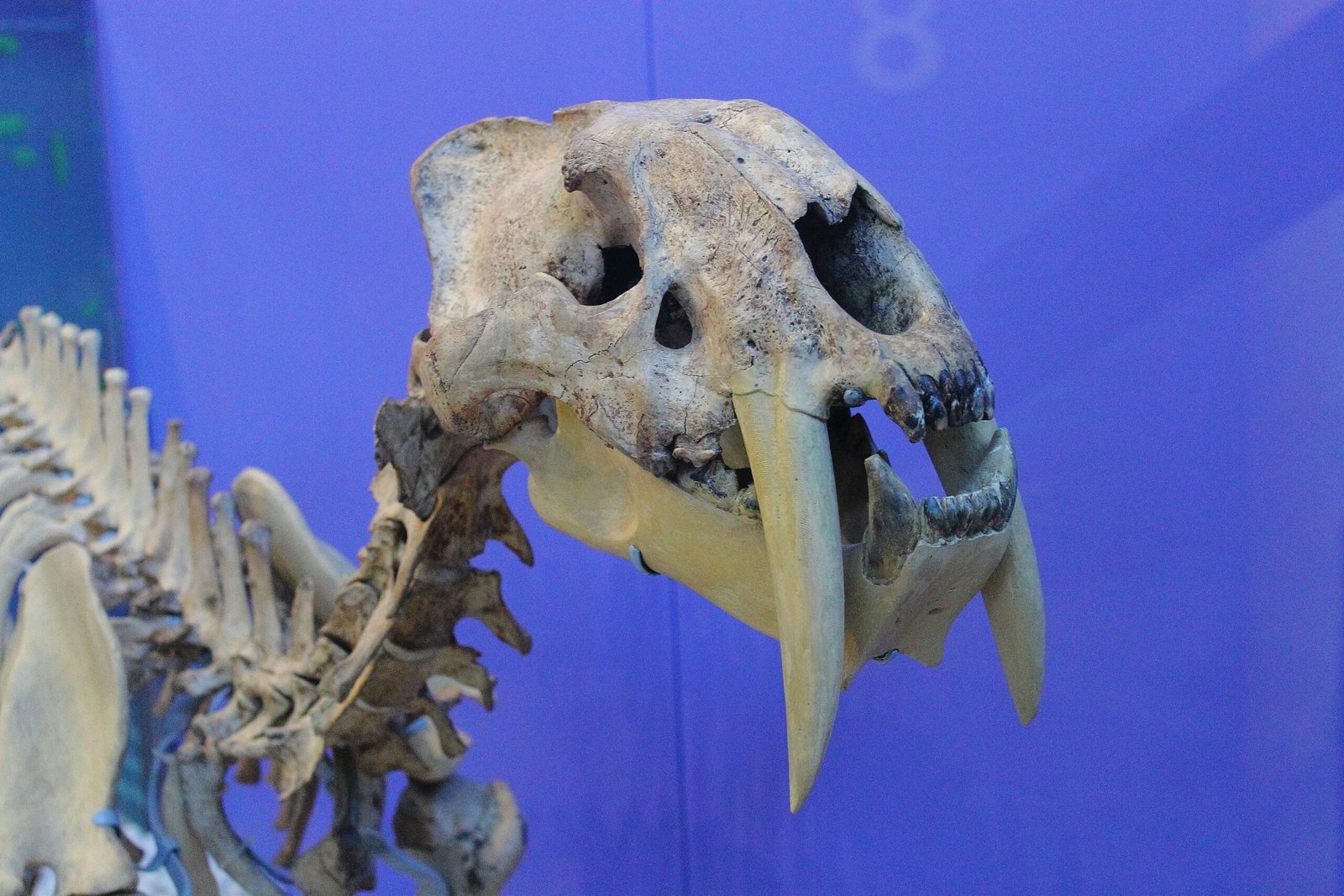
Gorgonopsids were not dinosaurs, but rather a group of ancient predators known as therapsids. They lived during the late Permian period, roughly 260 to 252 million years ago. These creatures were more closely related to mammals than to reptiles, making them distant cousins to us. Their name, which means “Gorgon face,” hints at their fearsome appearance and predatory prowess. Gorgonopsids were characterized by their elongated canine teeth, which resembled the sabers of much later mammals like the saber-toothed cat. These specialized teeth were perfect for delivering lethal bites to their prey. Despite their fierce appearance, gorgonopsids were an essential part of the prehistoric ecosystem, helping to keep populations of other animals in check.
The Permian World: Before Dinosaurs Walked the Earth
The world of the Gorgonopsids was a place of stark contrasts and dramatic landscapes. The supercontinent Pangea dominated the globe, stretching from pole to pole and creating vast deserts, lush forests, and winding river systems. The climate was harsher and more unpredictable than today, with extreme seasons and frequent droughts. Life was both abundant and competitive, with amphibians, early reptiles, and other therapsids all vying for survival. In this ancient realm, Gorgonopsids emerged as the top predators, filling a role that dinosaurs would later inherit. This era, known as the Permian, set the stage for the epic evolutionary battles that would shape all life on Earth.
Saber Teeth: Nature’s Lethal Weapon

What set Gorgonopsids apart from other predators were their spectacular saber-like canine teeth. These teeth could grow up to several inches long, protruding menacingly from their jaws. When a Gorgonopsid hunted, it would use its powerful bite to slash through the flesh of its prey, delivering a fatal wound in moments. This hunting style was both efficient and brutal, allowing Gorgonopsids to take down animals much larger than themselves. The evolution of saber teeth in Gorgonopsids is a prime example of nature’s repeated use of similar solutions across time. Millions of years later, other animals like the famous saber-toothed cats would evolve similar features, showing just how successful this design really was.
Body Structure and Physical Appearance
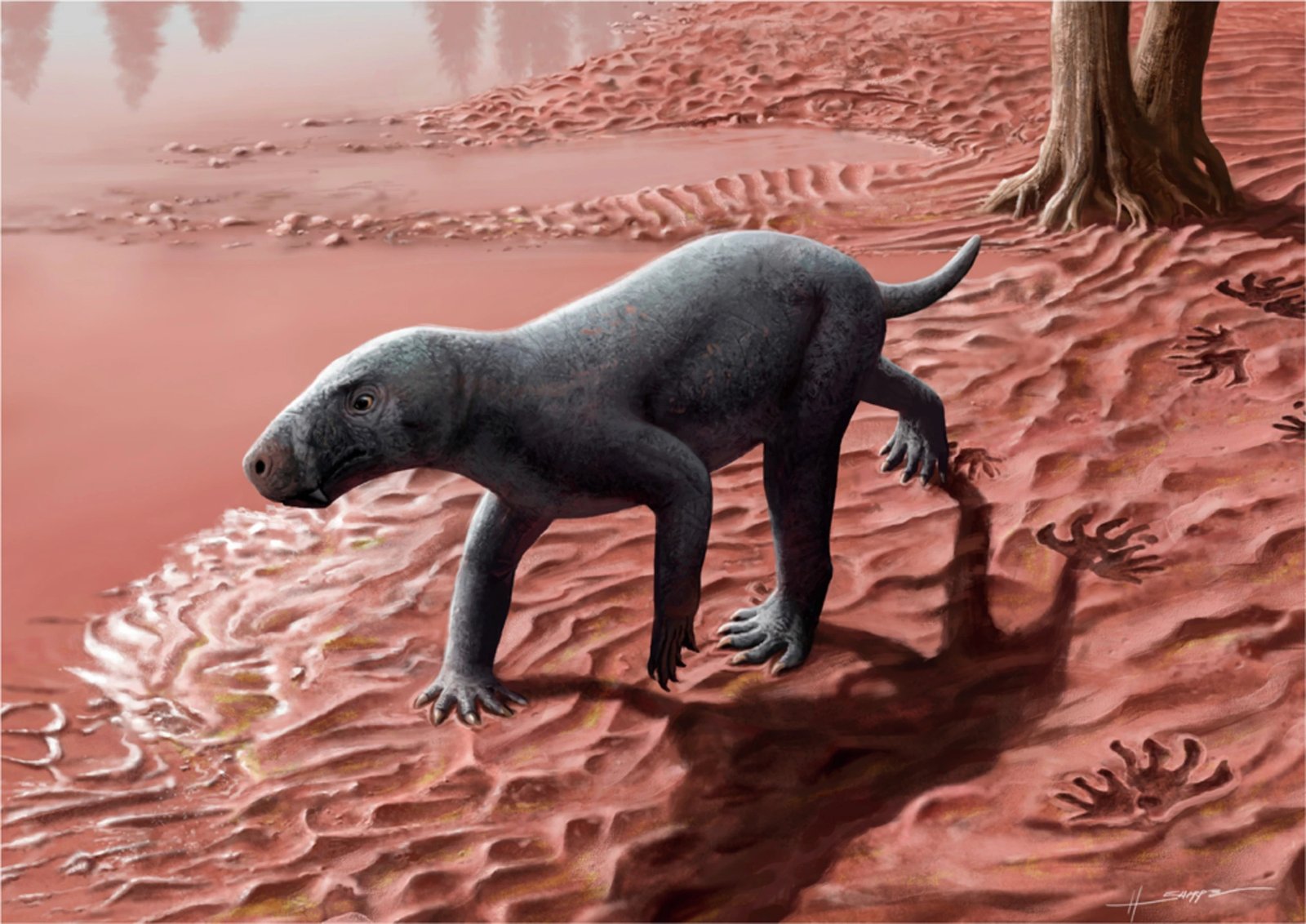
Gorgonopsids had a unique and striking appearance that set them apart from other prehistoric animals. Their bodies were elongated and agile, built for speed and power rather than sheer size. Most species ranged from the size of a large dog to that of a bear, with sturdy limbs and a strong, flexible spine. Their heads were large and deep, housing massive jaw muscles to power their deadly bite. The skulls of Gorgonopsids were robust, providing ample space for those impressive saber teeth. Their eyes were set forward, giving them excellent depth perception—a critical trait for stalking and ambushing prey. Covered in tough, scaly skin, these predators were the ultimate hunters of their time.
Gorgonopsid Diversity: Many Faces of a Predator
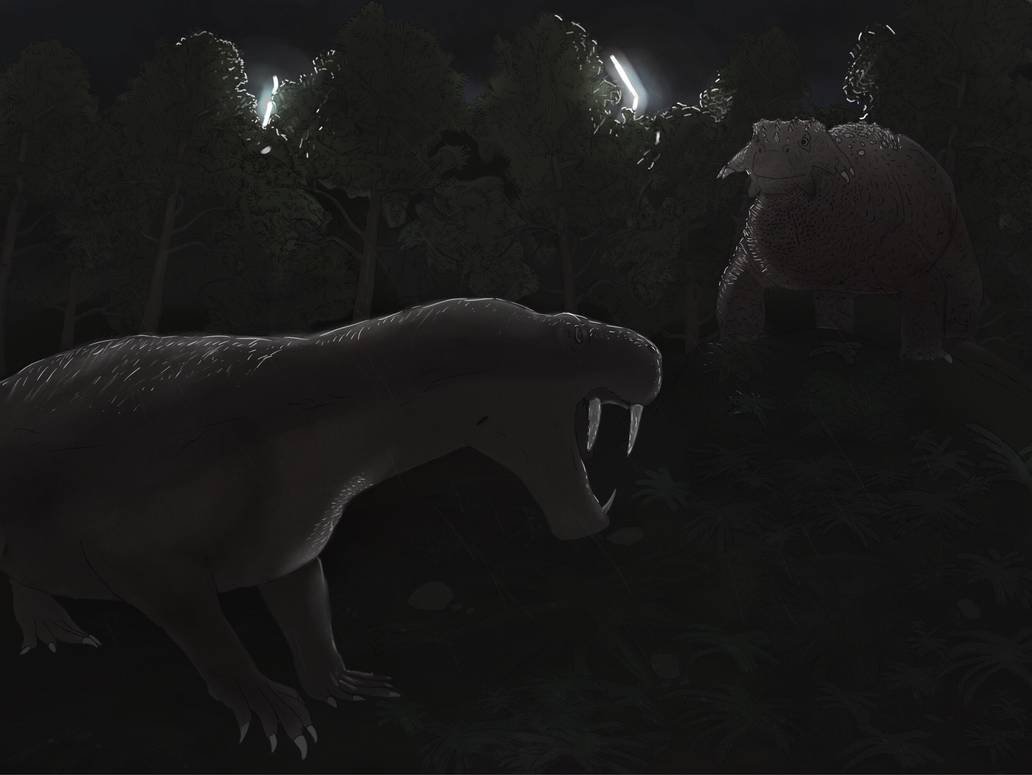
Though often imagined as a single beast, Gorgonopsids actually encompassed a wide variety of species. Some, like Inostrancevia, were giants stretching over ten feet in length, while others, such as Lycaenops, were more modest in size but no less ferocious. Each species had its own adaptations, from skull shape to limb proportions, tailored to its specific environment and hunting style. This diversity allowed Gorgonopsids to spread across much of Pangea, from what is now Russia to southern Africa. Their ability to thrive in different climates and landscapes made them a dominant force during the late Permian.
Hunting and Feeding: Masters of the Kill

Gorgonopsids were true apex predators, sitting at the top of the food chain. They hunted a range of prey, including large herbivorous reptiles and even other carnivorous therapsids. Their powerful jaws could open remarkably wide, allowing them to deliver devastating bites. Once a Gorgonopsid latched onto its prey, there was little hope for escape. They likely used ambush tactics, relying on stealth and speed to surprise their victims. Fossil evidence suggests that their teeth could puncture bone and deliver mortal wounds, ensuring a quick and efficient kill. These hunting strategies made Gorgonopsids the undisputed rulers of their environment.
Therapsids: The Mammal Connection
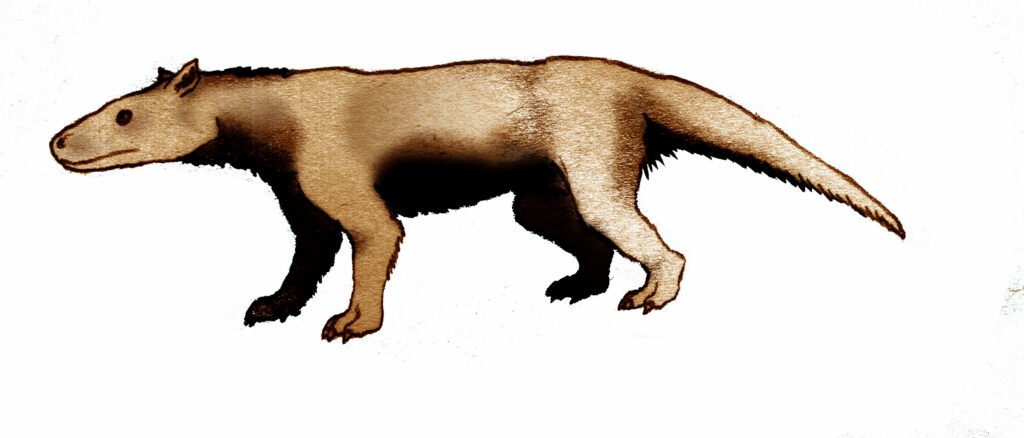
One of the most surprising facts about Gorgonopsids is their evolutionary link to mammals. As members of the therapsid group, they share a distant ancestry with modern mammals, including humans. This connection is visible in their skeletal structure, particularly the arrangement of their jaw and teeth. While Gorgonopsids themselves went extinct, their relatives gradually evolved into more mammal-like forms. Over millions of years, these descendants would give rise to the first true mammals. Studying Gorgonopsids helps scientists understand the long, winding path that led from reptile-like ancestors to the warm-blooded creatures we know today.
The Permian Extinction: End of an Era
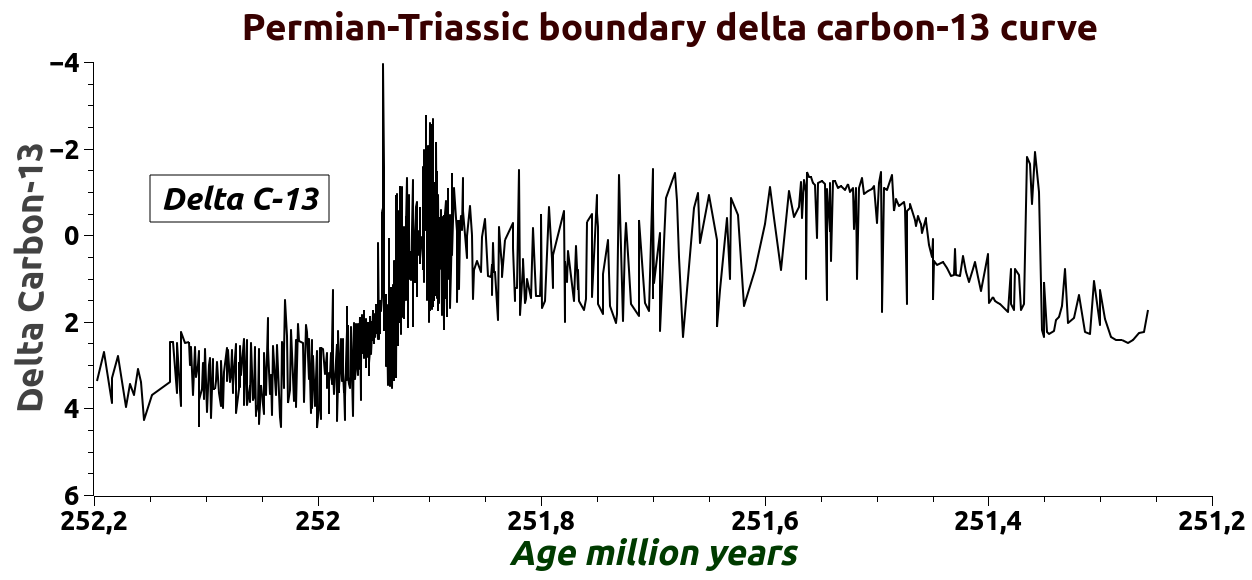
The reign of the Gorgonopsids came to a dramatic end during the Permian-Triassic extinction event. This catastrophe, which occurred around 252 million years ago, wiped out over 90% of all species on Earth. The exact cause remains a topic of scientific debate, with theories ranging from massive volcanic eruptions to abrupt climate change. For the Gorgonopsids, this event was especially devastating. As top predators, they were highly vulnerable to disruptions in the food chain. When their prey disappeared, so did they. The extinction of Gorgonopsids marked the end of one chapter and paved the way for the rise of the dinosaurs.
Fossil Discoveries and Scientific Insights
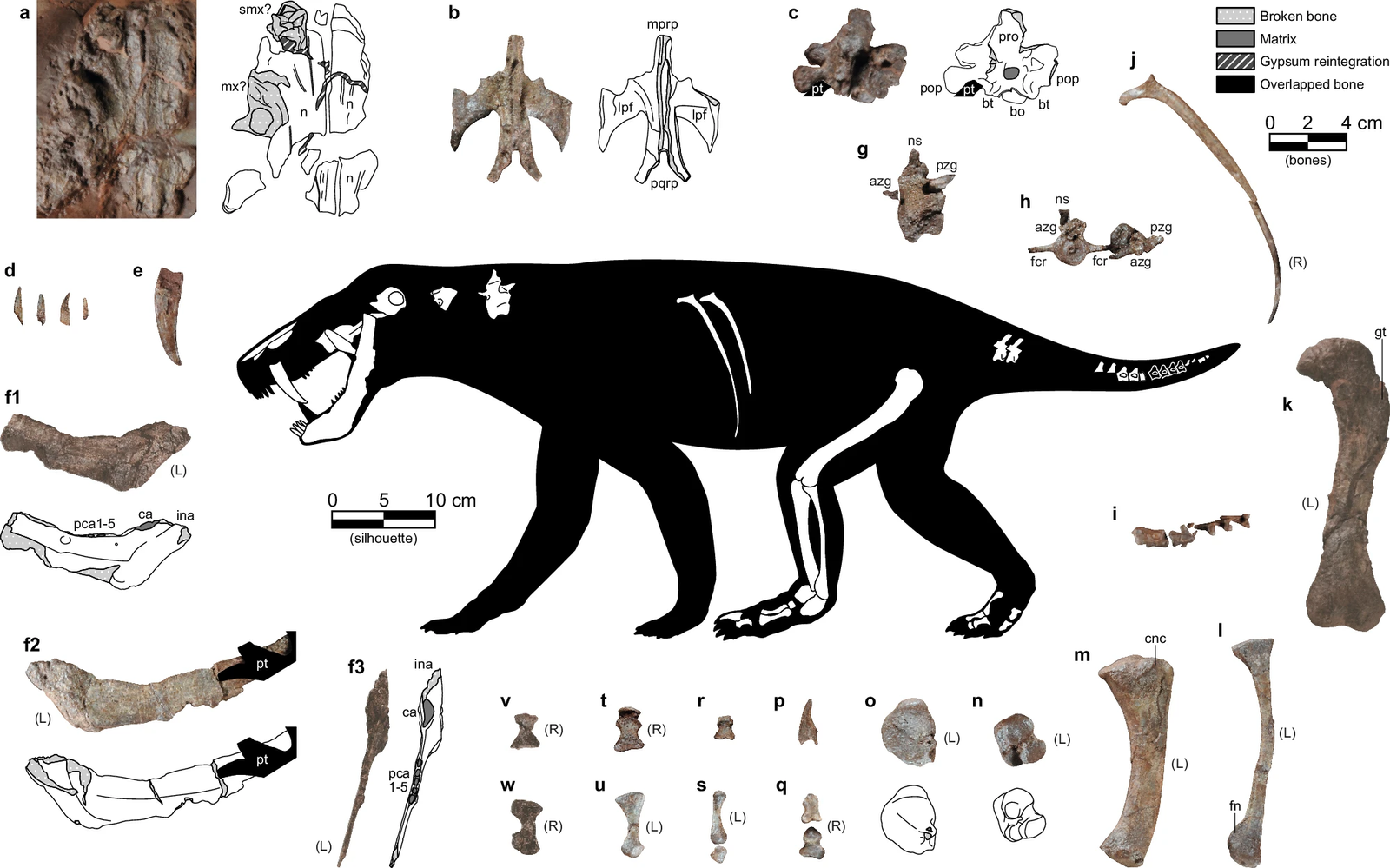
Fossils of Gorgonopsids have been unearthed in places like Russia and South Africa, providing valuable clues about their lives. These fossils include beautifully preserved skulls, teeth, and sometimes even partial skeletons. Paleontologists study these remains to reconstruct how Gorgonopsids moved, hunted, and interacted with their environment. Each new discovery adds another piece to the puzzle, revealing just how complex and dynamic the Permian ecosystem was. The study of Gorgonopsids not only sheds light on their own biology, but also helps scientists understand the broader processes of evolution and extinction.
Why Gorgonopsids Still Matter Today
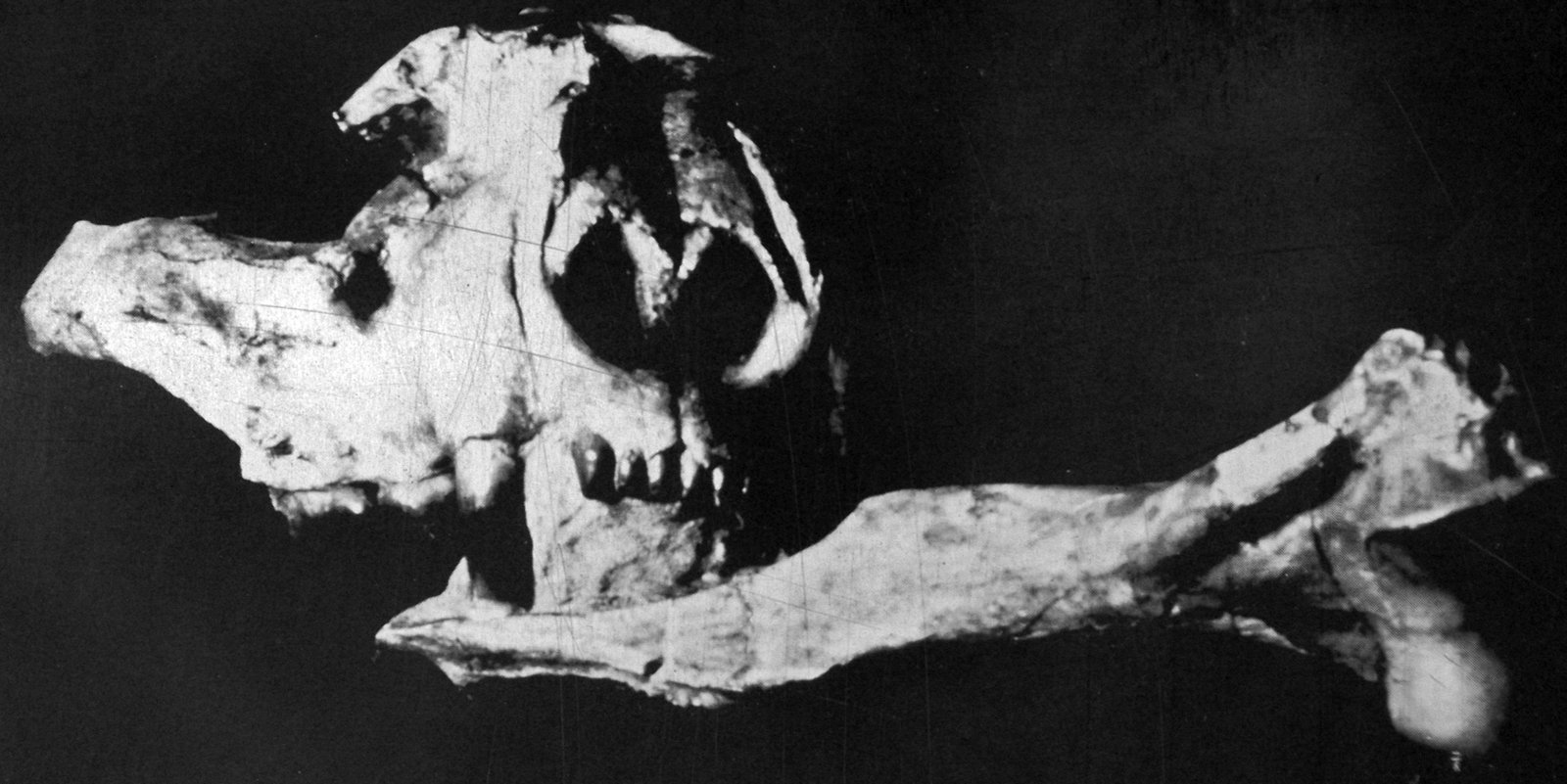
Gorgonopsids may be long gone, but their legacy continues to inspire and intrigue. By studying these ancient predators, scientists gain crucial insights into evolution, adaptation, and survival through challenging times. Their story is a dramatic reminder that even the mightiest creatures can be humbled by the forces of nature. Moreover, Gorgonopsids serve as a symbol of the amazing diversity of life that has flourished—and vanished—on our planet. Their fossils remind us to look deep into the past to better understand the present and imagine the future. The echoes of their existence challenge us to ask: what other incredible creatures have we yet to discover in Earth’s ancient past?



